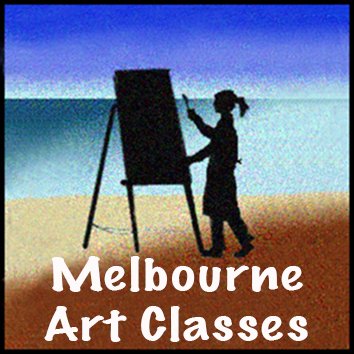WHAT KIND OF DRAWER ARE YOU?
* ARE YOU WANTING TO DRAW JUST TO PASS TIME AND BUILD DRAWING SKILLS FOR YOUR OWN SATISFACTION?
* IS IT THAT YOU REALLY WANT TO PAINT WELL AND YOU UNDERSTAND THAT GOOD DRAWING SKILLS ARE ESSENTIAL IN ALMOST EVERY GENRE?
* ARE YOU INTERESTED IN DRAUGHTING, ARCHITECTURE, FASHION, INTERIOR DESIGN, DESIGN ENGINEERING, GRAPHIC ART OR SOME OTHER AREA REQUIRING GOOD DRAWING SKILLS?
* DO YOU HAVE A SPECIFIC THEME OR SUBJECT WHICH IS CALLING YOU TO DRAW?
* DO YOU HAVE TIME EACH DAY TO PRACTICE DRAWING, ARE YOU WILLING TO PUT THE TIME IN TO STUDY THE NATURE OF YOUR SUBJECT (BE IT BASIC HUMAN ANATOMY, LINEAR PERSPECTIVE, ELEMENTS OF LANDSCAPE, AN ANIMAL'S ANATOMY, THE BEHAVIOUR OF WAVES ETC)
Regardless of the answers to these questions, there are many techniques that an artist may use to develop their drawing skills. It is a misconception to believe that all people can learn in the same way.(or need to learn in the same way)
I have seen accomplished artists who never learned how to draw well by eye (but they did learn technical skills to get a likeness or create a starting point for their art) and others who did succeed partially due to their development of great 'drawing by eye'. There is no doubt that the eye-hand-brain coordination that results from regular drawing is beneficial in many ways over and above just making something look like something. Some studies have linked a slow-down in cognitive decline to the benefits of regular drawing.
RIGHT BRAIN APPROACH
Many books have been written about training the right side of the brain. This approach involves a very free non-logical way of perceiving subjects as abstract shapes, negative shapes vs positive shapes and a lot of time is spent with exercises that help to connect the right brain, the eyes and the hand.
You can learn these essential perceptual skills:
Edges – practice using pure contour drawing
Spaces – Recognise both negative and positive spaces
Shapes - see basic geometric shapes in accurate proportion
Angles, Axis and relationships(proportions) – learn to see these
Value - Light and shade
The Gestault: which cannot be taught but can be learned, it is the whole, which is greater than its parts.
They say "You have two brains: a left and a right. Modern brain scientists now know that your left brain is your verbal and rational brain; it thinks serially and reduces its thoughts to numbers, letters and words… Your right brain is your nonverbal and intuitive brain; it thinks in patterns, or pictures, composed of ‘whole things,’ and does not comprehend reductions, either numbers, letters, or words."
(From The Fabric of Mind, by the eminent scientist and neurosurgeon, Richard Bergland. Viking Penguin, Inc., New York 1985. pg.1)
Once learned, drawing can be used to put down on paper, canvas (or another substrate) what you perceive in reality or what you see in your mind's eye, not unlike the way we put down our thoughts and ideas in words and songs. Many 20th-century abstract painters who are known to draw and paint in a uniquely random style, had to learn to draw realistically before they were able to make the shift to abstract painting. Matisse, Mondrian, Klimt, Picasso, Braque, Willem de Kooning, and Jackson Pollock are just a few examples of great abstract painters (or who leaned toward abstract in their defining styles) who first learned to draw realistically.
LEFT BRAIN TECHNIQUES
!n the 1400s German artist, Albrecht Dürer came up with a gridding technique as he was frustrated with trying to capture foreshortening by eye.
Firstly, a grid is mostly useful for accurately transferring an image to your drawing or painting support (surface) but you need to have the proportions and composition/ arrangement of what you are gridding all planned out .eg. you may have a square reference material with a picture of a person but your support (paper or canvas) is rectangular and your composition includes the subject (from the square) plus other compositional features or background.
Other more left-brain techniques include triangulation, the use of 'envelopes', the thumb and pencil method, linear perspective and a command of the anatomy of your subject (whether it be figures, boats, buildings or other themes, a skilled artist puts in the time to study the unique attributes common to that particular subject). Even these more technical, advanced techniques do involve the right brain to a degree as well.
Some painters use a projector or full-sized tracings to get the image up on canvas before painting. These courses do not cover this, they actually teach you to draw for yourself in different ways so you can find the best way for you.
The Introduction to DIY Foundation Drawing Course available here, will present to you several of the techniques to try, each individual can decide for themselves which works best, given their time available and preferences.
